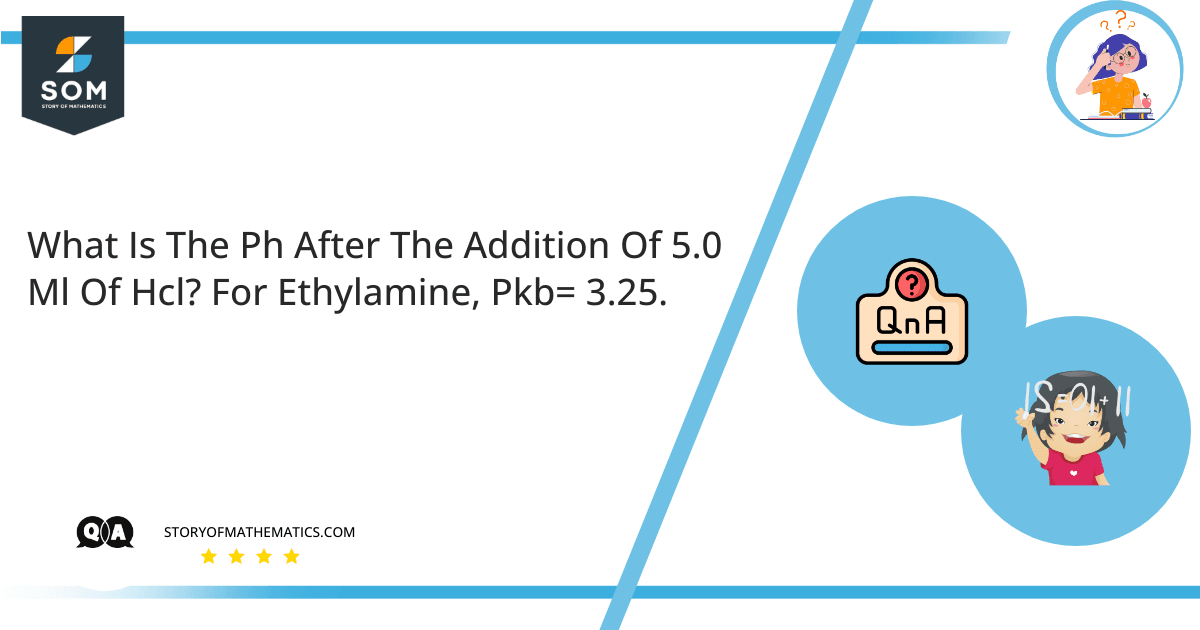
The aim is to explain the concepts of pH and pOH values. How to find and calculate the pH values by seeing the amount of water in the solution.
pH is a measurement of how acidic/basic the water is. The range varies from 0 – 14, where 7 denotes the neutral. The solution is said to be acidic if the pH is less than 7, whereas a pH of greater than 7 denotes a base.
pH is a measure of the comparative quantity of free hydroxyl and hydrogen ions in the water. Acidic water is the water that has more free hydrogen ions, whereas water with more free hydroxyl ions is denoted as basic. Since chemicals can affect the pH in water, pH is a significant indicator of water that is altered chemically.
pH is documented in “logarithmic units”. Each number describes a 10-fold difference in the acidity/basicity of water. A pH of 5 is ten times less acidic than water having a pH of 4. The formula for calculating pH is given as:
\[ pH = -log[H^+] \]
pOH is a measurement of the hydroxide ion (OH–) concentration of a solution. expressions of poH are:
\[pOH=14-pH\]
\[pOH = -log[OH^-] \]
Expert Answer
First, convert the volume of ethylamine $20 mL$ into Liters $L$:
\[\dfrac{20}{1000} = 0.02 L\]
The concentration of ethylamine is given as $0.150$, The number of moles ($n$) of ethylamine can be calculated as:
\[ n_{eth} \space = 0.150 \space mol \times 0.02 \space L\]
\[ n_{eth} \space = 3.0 \times 10^{-3} \space mol \]
Converting the volume of HCI $50 \space mL$ to Liters $L$.
\[\dfrac{5}{1000} = 0.005 L\]
The concentration of HCI is given as $0.981 \space mol$ and the number of moles of HCI ($n$) can be calculated as:
\[n_{HCI} \space = 0.0981 \space mol \times 0.005 \space L\]
\[n_{HCI} \space = 4.91 \times 10^{-4} \space mol\]
After the addition of $5.0 mL$ of $0.981M$ of HCI in $20.0 mL$ of $0.150M$ of ethylamine, the pOH (Power of Hydroxide) is calculated as:
\[ pOH \space = \space pK_b + log \left( \dfrac{(n_{HCI}) / 25mL}{(n_{eth})/25mL} \right) \]
\[ = \space 3.25 + log \left( \dfrac{(4.91 \times 10^{-4}) / 25mL}{(3.0 \times 10^{-3})/25mL} \right) \]
\[ = 3.25 – 0.786\]
\[ pOH =2.46 \]
Now, the formula for calculating pH is given:
\[pH + pOH = 14 \]
Rearranging and making pH the subject:
\[ pH = 14 – pOH \]
Inserting the value of pOH and solving for pH:
\[ pH = 14 – 2.46 \]
\[ pH = 11.54 \]
Numerical Answer
pH after the addition of $5.0 mL$ of HCl is $11.54$
Example
Calculate the pH of ethanoic acid at $ 298K$ when the hydrogen concentration is $ 1.32 \times 10^{-3} mol dm^3$.
The formula for finding pH is given as:
\[ pH = -log[H^+] \]
\[ = -log(1.32 \times 10^{-3}) \]
\[ pH = 2.9 \]
pH of ethanoic acid at $ 298K$ is $2.9 $ when the hydrogen concentration is $ 1.32 \times 10^{-3} mol \space dm^3$.
